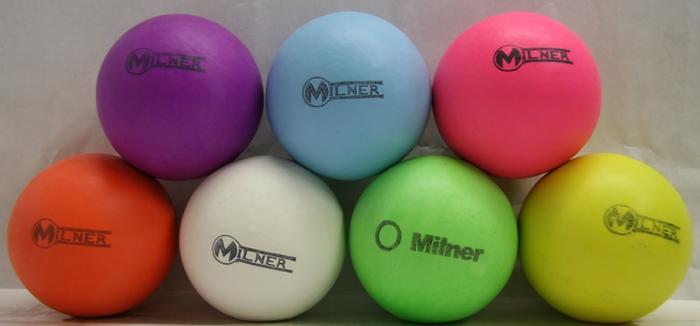


Different rackets have playing characteristics that appeal to different players. There is a wide variety of racket designs, although the badminton racket size and shape are limited by the laws of the game. Before the adoption of carbon fiber composite, rackets were made of wood to their excessive weight and cost. Carbon fiber has an excellent strength to weight ratio, is stiff, and gives excellent kinetic energy transfer. Modern rackets are composed of carbon fiber composite ( graphite reinforced plastic), which may be augmented by a variety of materials. Despite the name, "catgut" has never been made from any part of a cat.īadminton rackets are light, with top quality rackets weighing between about 70 and 95 grams. Rackets are restrung when necessary, which may be after every match for a professional. Most rackets are now made of composite materials including carbon fiber or fiberglass, metals such as titanium alloys, or ceramics.Ĭatgut has partially been replaced by synthetic materials including nylon, polyamide, and other polymers. Wood is still used for real tennis, rackets, and xare. Non-wood rackets were made first of steel, then of aluminum, and then carbon fiber composites. Manufacturers started adding non-wood laminates to wood rackets to improve stiffness.

The traditional racket size was limited by the strength and weight of the wooden frame which had to be strong enough to hold the strings and stiff enough to hit the ball or shuttle. The frame of rackets for all sports was traditionally made of solid wood (later laminated wood) and the strings of animal intestine known as catgut. Racket design, materials and manufacturing has changed considerably over the centuries. Collectively, these games are known as racket sports. Such rackets may be called a paddle or bat. Some rackets may have a solid or perforated hitting surface instead of a network of strings. In the strictest sense a racket consists of a handled frame with an open hoop across which a network of strings is stretched tightly. Notably, squash owes its name to those mischievous school kids who realized a punctured Racket ball ‘squashes’ on impact, making it harder to hit.A racket, or racquet, is a sports implement used for striking a ball or shuttlecock in games such as squash, tennis, racquetball, badminton and padel. Although, racquetballs are larger than squash balls by 42% in diameter and they are bouncier. What about the balls?īoth racquetballs and squash balls are hollow and rubber. Back in the day, English prisoners used to call an earlier version of the game, ‘Rackets.’ A squash racket is longer (up to 68.6 cm) but the stringed surface is narrower. Squash uses a ‘racket’, and not just to be different. Racquetball uses a ‘racquet’ that can be up to 55.88 cm long with a tear-drop stringed area. Racquetball was created by an American fellow in 1949.

Let’s be brief: Squash is older, and invented by English school kids in 1830. You can quickly learn this by bringing the wrong racquet (racket) to a game, or you could make it easy for yourself by checking out the differences below. The glass around the court and the ( sometimes tiny) door is one of the only things racquetball and squash have in common. It takes a lot of trust to follow someone through a glass door into a room with one exit, armed with just a racquet, or a racket if you’re playing squash. Click to share on Twitter (Opens in new window).Click to share on Facebook (Opens in new window).


 0 kommentar(er)
0 kommentar(er)
